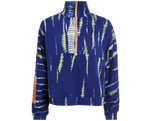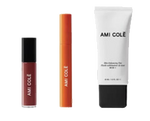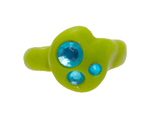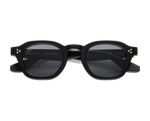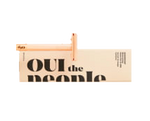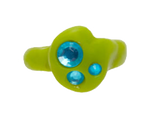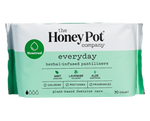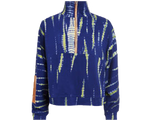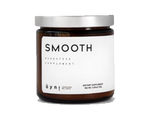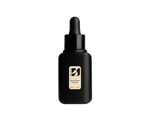
“Fast fashion’s short lifespan is said to contribute to the 13 million tons of textile waste every year.”
For many, shopping comes naturally. An item catches your eye, you feel it out, read reviews online, and ultimately “add to cart.” Easy, right?
But the price tag on many of these items, as convenient as they may be, comes at a major cost. Findings from a 2020 report by the Global Fashion Agenda state that the fashion industry’s emissions are set to increase to around 2.7 billion tons per year by 2030. The prediction may seem bleak, but there are simple actions you can take towards a more eco-friendly world.
Get Familiar with Buzzwords
The easiest way to shop sustainably is to become acquainted with the lingo that’s so often associated with the cause. Below, we break down a handful of standout terms.
Fast Fashion: As one of the more recognizable buzzwords in sustainability, fast fashion refers to the cheaply made, of-the-moment clothing items that are produced at a rapid pace by mass retailers to meet consumer demand. Since these items are inspired by what’s currently trendy, they are often only worn a handful of times before getting discarded. Fast fashion’s short lifespan is said to contribute to the 13 million tons of textile waste every year.


Slow Fashion: The antithesis of fast fashion, slow fashion aims to educate consumers about the benefits of purchasing items that are better quality and use ethical processes and resources. The slow fashion movement advocates for less consumption and production—the results of both being a lighter carbon footprint and less waste.
Carbon Neutral: This refers to the environmentally friendly ways companies choose to offset greenhouse gas emissions. Examples include donating a percentage of sales to planting trees or replacing conventional fabrics for ones made from recycled or natural materials.
Biodegradable: While all materials eventually disintegrate, biodegradable items do so naturally, thus benefiting the environment. Smalls, a cat food company, has already made impressive strides in this area, opting for corn-based styrofoam in their packaging. This all-natural material easily dissolves in the sink when water is added, making it—you guessed it—completely biodegradable.
Fair Trade: A product or organization that is considered or certified fair trade—a well-known example being fair trade coffee—is one that prioritizes the welfare of their producers (from their working conditions to pay) as well as the environment.
Microfibers: Microfibers—known as “microplastics” outside of the fashion industry—are very, very thin remnants of fabrics (think: thinner than a hair strand) that shed from clothing during wash and wear, polluting the air and ocean in the process. According to a study published by Environmental Science & Technology, “[the] release of microfibers per person per year to the air is of a similar order of magnitude to that released to wastewater by laundering.”
Choose All-Natural Fibers
Although most conventional clothing boasts polyester, nylon, spandex, and acrylic, these materials all fall into the synthetic category. The problem? Synthetic fabrics are manufactured through a chemical process, are oil-based, and essentially a plastic. Being mindful about what makes up each piece of clothing you’re considering buying is a step in the right direction. When in doubt, look for all-natural fibers on clothing labels, such as wool, organic cotton, linen, and silk—unlike some synthetic materials, all-natural textiles are biodegradable and do not contribute to landfills or oceans.

Buy Local
Not only does buying locally help support your community socially and economically, but it also cuts down on shipping and transportation, which, in turn, decreases air pollution and improves air quality. In the case of produce, locally grown foods often also equate to less use and waste of plastic packaging. They’re also more nutrient-dense than what’s available at mass grocery stores since local produce is harvested at the peak of ripeness and sold within a day or so, ensuring its nutritional value is at its peak as well.
Turn to Your Tech
While combing and poring through research is always preferred, apps like Good On You make it easy to shop responsibly. The app shows how your go-to brands measure up when it comes to their impact and sustainability rating. More of a desktop user? Install the DoneGood browser extension to find ethical brands that prioritize the well-being of people, animals, and the planet.
It is a long established fact that a reader will be distracted by the readable content of a page when looking at its layout.
Lorem Ipsum is simply dummy text of the printing and typesetting industry. Lorem Ipsum is simply dummy text of the printing and typesetting industry.Lorem Ipsum is simply dummy text of the printing and typesetting industry.





























 refresh
refresh





